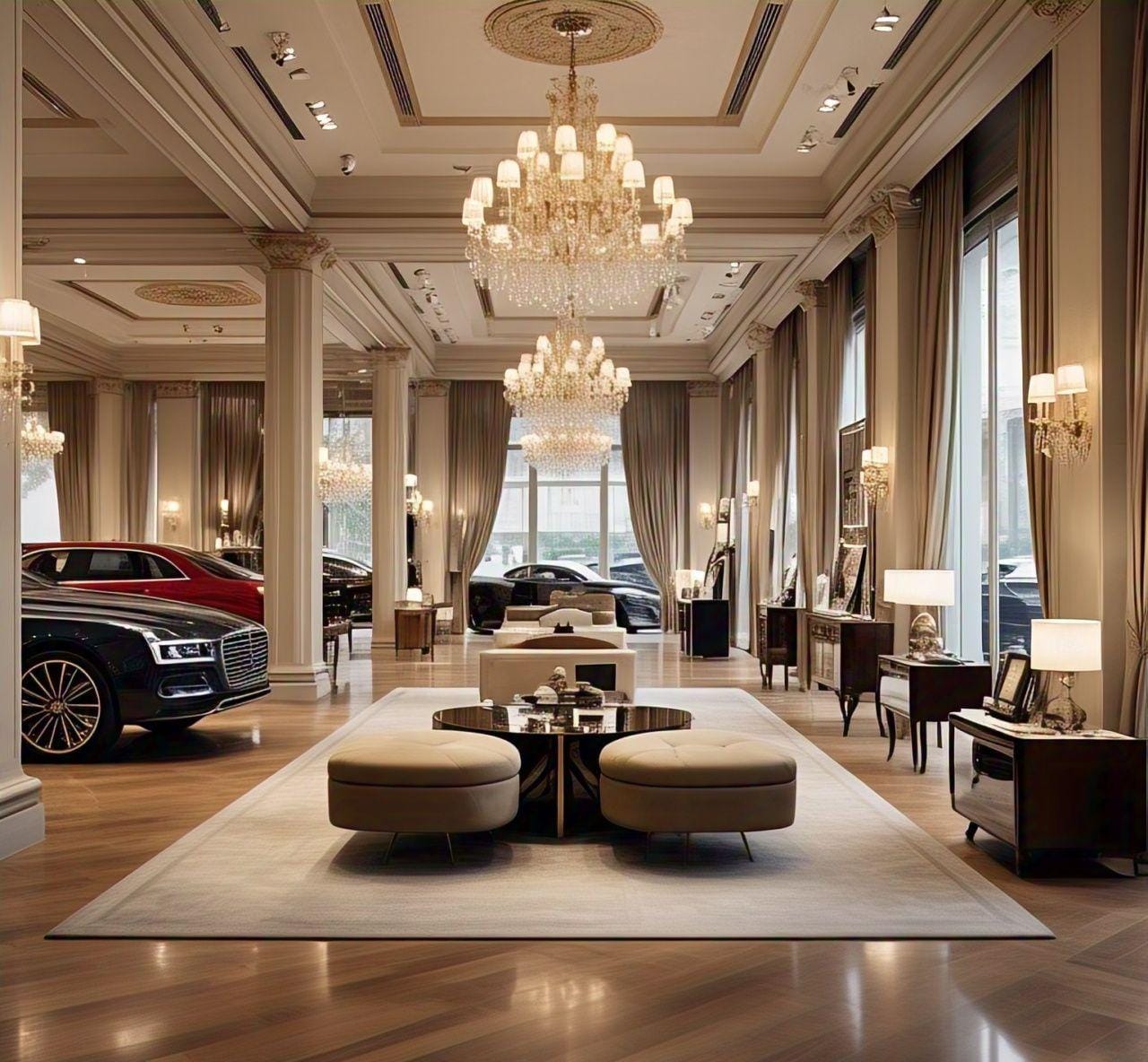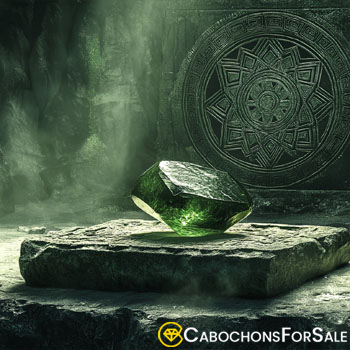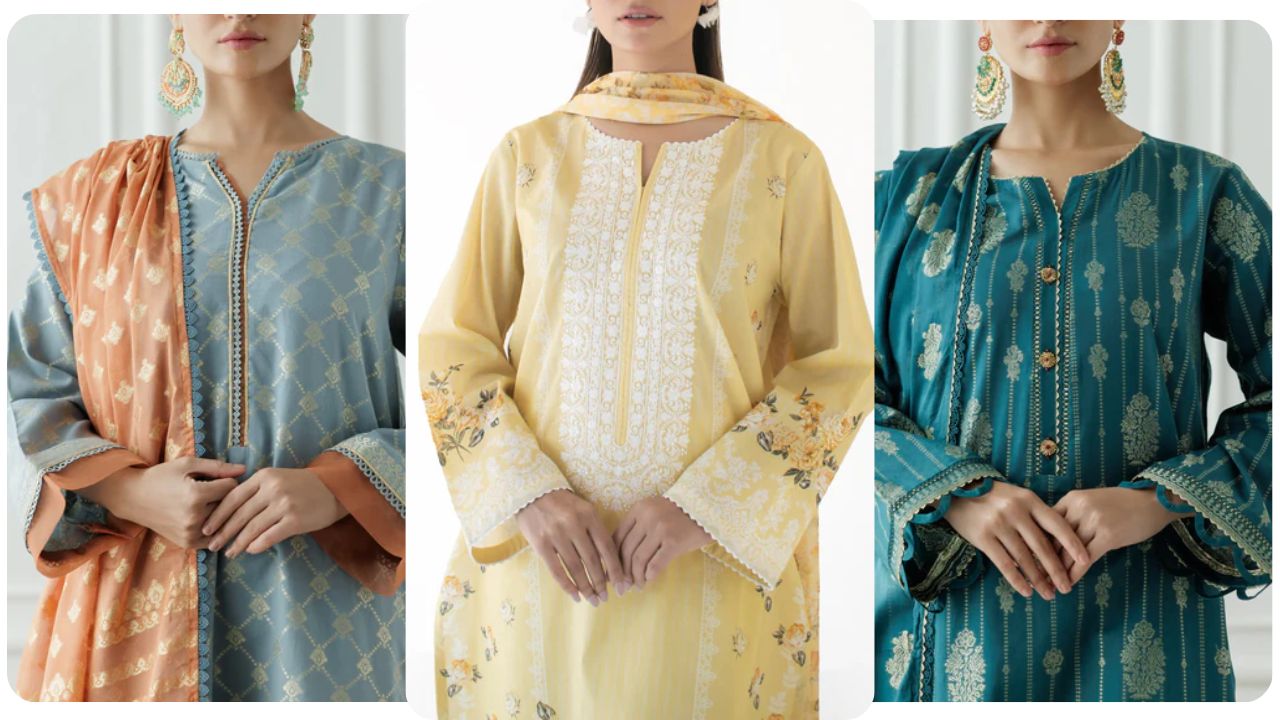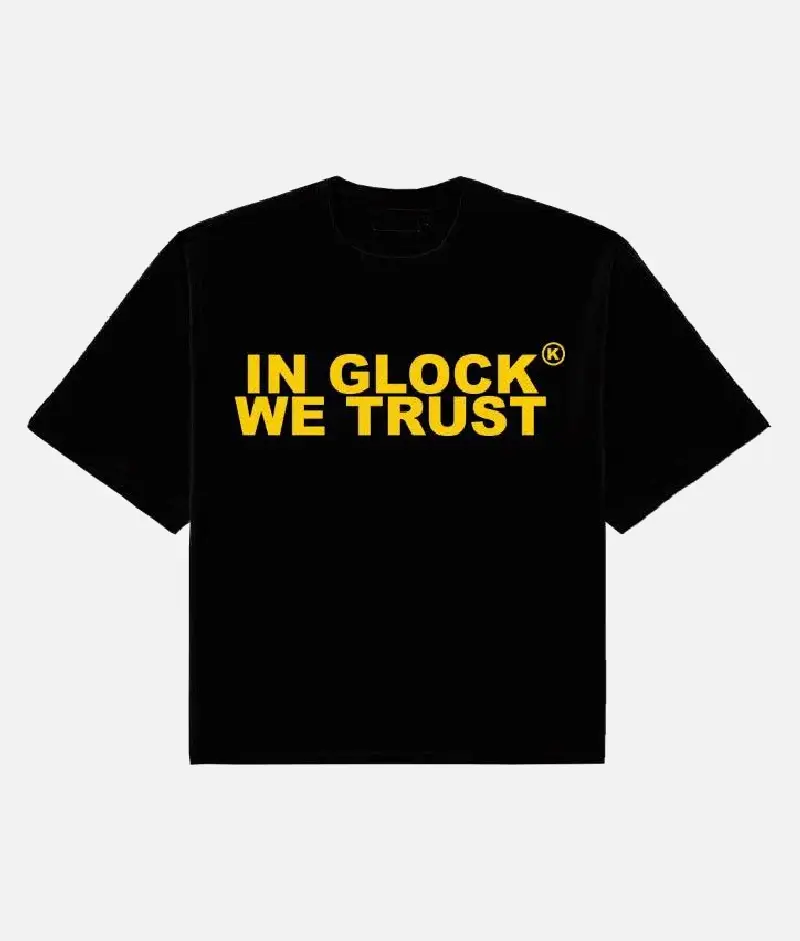Introduction
Showroom decoration plays a crucial role in attracting customers, enhancing brand identity, and boosting sales. A well-designed showroom not only creates a lasting impression but also influences purchasing decisions. Whether you are setting up a car showroom, a furniture store, or a fashion boutique, strategic decoration can significantly impact customer engagement and retention.
In this blog, we will explore key aspects of showroom decoration, including layout, lighting, color schemes, furniture selection, and digital integration. By implementing these elements effectively, you can create a visually appealing and functional showroom that enhances the shopping experience.
Understanding Your Brand and Target Audience
Before designing a showroom, it is essential to understand your brand identity and target audience. The decoration should align with your brand’s values, style, and customer expectations. Consider the following aspects:
- Brand Identity: Define your brand’s personality. Is it luxurious, minimalist, modern, or traditional?
- Customer Demographics: Understand the age, lifestyle, and preferences of your customers.
- Product Type: The nature of the products you sell should influence the design approach.
For example, a high-end luxury watch showroom should have a sophisticated and elegant ambiance, while a sports apparel store should be dynamic and energetic.
Showroom Layout and Space Planning
An effective showroom layout ensures smooth traffic flow and maximizes product visibility. Consider the following layout styles:
- Grid Layout: Common in supermarkets and large retail stores, it offers a structured and organized look.
- Free-Flow Layout: Encourages exploration and is often used in boutiques and high-end stores.
- Racetrack Layout: Guides customers through a predetermined path, ensuring they see all products.
- Diagonal Layout: Provides a unique shopping experience by creating diagonal pathways for easy navigation.
Make sure to leave enough space between displays to prevent congestion and provide a comfortable shopping environment.
Lighting: The Key to Ambience and Focus
Lighting plays a pivotal role in showroom decoration. It not only enhances the aesthetic appeal but also highlights key products. The types of lighting to consider include:
- Ambient Lighting: Sets the overall mood and brightness level of the showroom.
- Task Lighting: Provides focused illumination on specific areas like cash counters or fitting rooms.
- Accent Lighting: Highlights featured products, promotional displays, or artwork.
- Natural Lighting: If possible, incorporate natural light to create an inviting and fresh atmosphere.
For example, in a jewelry showroom, bright white LED lighting is used to enhance the sparkle of diamonds, while in a furniture showroom, warm lighting creates a cozy and inviting ambiance.
Color Schemes and Themes
The color palette of your showroom should reflect your brand identity and influence customer psychology. Here are some effective color choices:
- Neutral Colors (White, Beige, Grey): Create a clean and modern look.
- Bold Colors (Red, Orange, Yellow): Stimulate excitement and attract attention.
- Cool Colors (Blue, Green, Purple): Evoke a sense of calm and trust.
Additionally, themed decor can add uniqueness to your showroom. For instance, a travel agency showroom can incorporate world maps, travel posters, and suitcase-shaped furniture.
Furniture and Display Fixtures
The selection of furniture and display units should complement the showroom’s aesthetics and functionality. Some considerations include:
- Shelving and Racks: Should be sturdy, accessible, and visually appealing.
- Counters and Checkout Areas: Must be strategically placed to facilitate smooth transactions.
- Seating Areas: Comfortable seating areas can enhance the customer experience, especially in high-end showrooms.
- Interactive Displays: Incorporate touchscreens or VR setups for a more engaging shopping experience.
For instance, a luxury car showroom may have leather couches and glass coffee tables, while a tech showroom may feature futuristic, minimalistic furniture.
Incorporating Digital and Smart Elements
In the modern era, digital integration enhances the showroom experience. Some smart elements to consider include:
- Digital Signage: Showcases promotions, product details, and brand videos.
- Augmented Reality (AR): Allows customers to visualize products in different settings.
- Interactive Kiosks: Provide product information and virtual assistance.
- Smart Lighting and Temperature Control: Enhances comfort and ambiance while saving energy.
For example, a fashion showroom can use smart mirrors that allow customers to see how outfits look without physically trying them on.
Seasonal and Festive Decorations
Updating showroom decor based on seasons and festivals can attract more customers. Consider:
- Holiday-Themed Displays: Christmas, New Year, Halloween, and other festive decorations.
- Seasonal Themes: Spring florals, summer beach vibes, autumn rustic charm, or winter wonderland aesthetics.
- Limited-Time Offers: Highlight seasonal promotions with themed decor and signage.
This approach keeps the showroom fresh and engaging, encouraging repeat visits from customers.
Maintaining Cleanliness and Organization
A clean and well-organized showroom is essential for creating a positive impression. Regular maintenance includes:
- Daily Cleaning: Floors, shelves, and furniture should be spotless.
- Decluttering: Avoid overcrowding products; keep displays neat and well-spaced.
- Well-Stocked Inventory: Ensure shelves are replenished to maintain consistency.
A clutter-free environment enhances the shopping experience and reflects professionalism.
Conclusion
Showroom decoration is a powerful tool for creating a memorable customer experience and boosting sales. By focusing on layout, lighting, color schemes, furniture, digital integration, and seasonal decor, businesses can design showrooms that captivate and engage customers. Investing in thoughtful decoration not only enhances brand perception but also fosters customer loyalty and long-term success.
Whether you are revamping an existing showroom or designing a new one, these strategies will help you create a visually stunning and functional space that leaves a lasting impact on your visitors.










